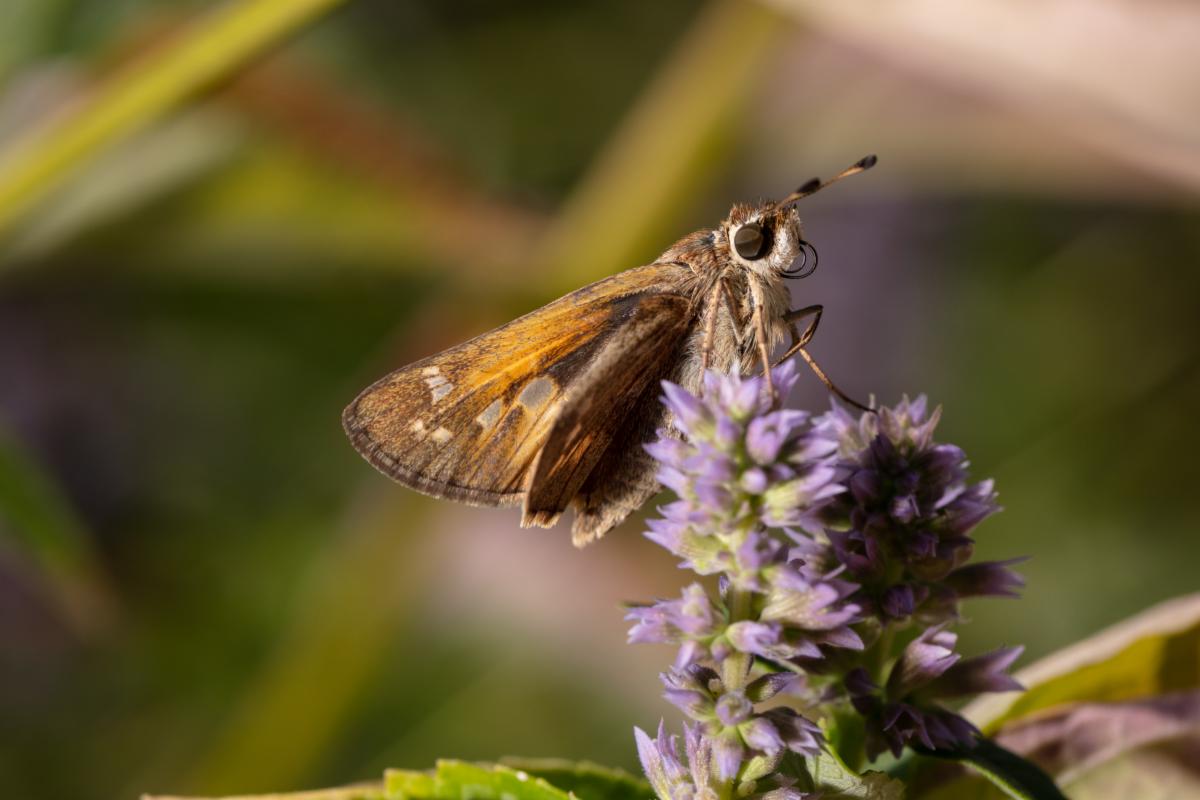Creating Space for Pollinators
In 1987 the renowned biologist and conservationist E. O. Wilson addressed a gathering at the Smithsonian’s National Zoo and Conservation Biology Institute in Washington, D.C. Wilson hypothesized in his talk, “The Little Things That Run the World,” that if insects disappeared most flowering plants would also disappear. Because so many flowers are pollinated by insects, natural food webs as well as agricultural food production would be altered to the point of being nonfunctional. There are numerous threats and stressors to pollinators including the careless use of pesticides, light and air pollution, pathogens, invasive plants, higher ratios of nonnative plants to native plants in gardens, habitat fragmentation, and climate change. These factors damage ecosystems, leading to their degradation and loss of functionality in the natural world upon which we rely. Simply put, protecting habitats protects life.
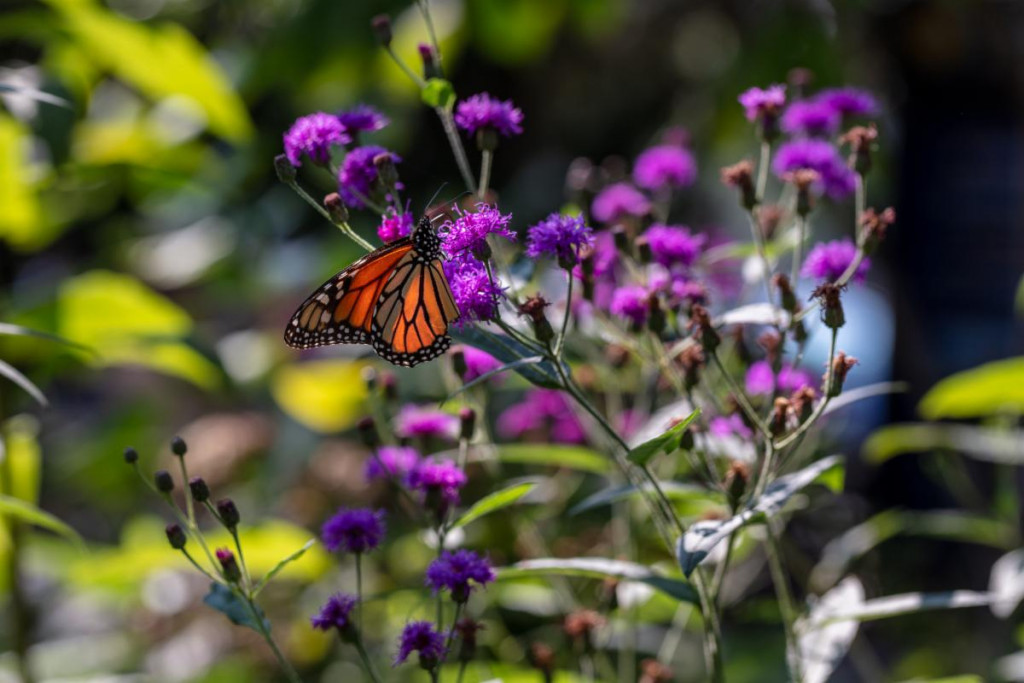
In 1987 the renowned biologist and conservationist E. O. Wilson addressed a gathering at the Smithsonian’s National Zoo and Conservation Biology Institute in Washington, D.C. Wilson hypothesized in his talk, “The Little Things That Run the World,” that if insects disappeared most flowering plants would also disappear. Because so many flowers are pollinated by insects, natural food webs as well as agricultural food production would be altered to the point of being nonfunctional. There are numerous threats and stressors to pollinators including the careless use of pesticides, light and air pollution, pathogens, invasive plants, higher ratios of nonnative plants to native plants in gardens, habitat fragmentation, and climate change. These factors damage ecosystems, leading to their degradation and loss of functionality in the natural world upon which we rely. Simply put, protecting habitats protects life.
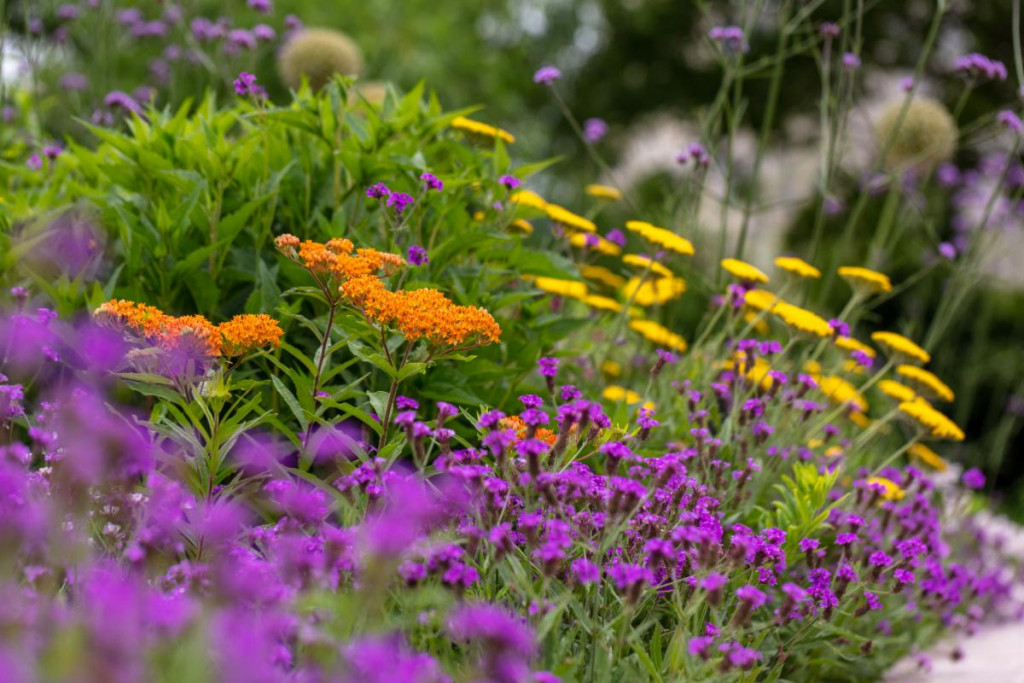

A broad range of native and non-native plants, such as herbs and vegetables,
help to support pollinators throughout the entire season.
As home gardeners, and in my case as a horticulturist in a public garden, we can take steps to steer our spaces to create pollinator-friendly habitats.
Use native plants. Choose plants native to your region as they share a long evolutionary history with their pollinators. Native plants are an integral part of the food web and the ecosystem. If you had to choose one thing, the best thing to do for birds, bees, and butterflies is plant native plants.
Avoid pesticides. A vibrant pollinator garden will have a healthy population of beneficial insects and natural predators that will be lured to the space by nectar- and pollen-rich plants. Avoiding or reducing pesticides will help keep insect pollinators safe. In addition, a garden that is a healthy pollinator environment will be filled with many beneficial predatory insects that will prey on unwanted pests, which may even eliminate the need for pesticides.
Plant flowers that bloom in the “shoulder” seasons. Many pollinators are most vulnerable in early spring and late summer into the fall as nectar and pollen sources in urban and suburban landscapes are less plentiful. Blooming flowers in early spring are critically important after the long winter hibernation of many insects, while fall-blooming plants serve as one last bit of sustenance before winter hibernation or southern migrations. In general, since there are typically more food sources available in the summer months, look for native species that bloom during these “shoulder” seasons of the year.
Common, non-native flowering plants can still be excellent additions to pollinator-friendly gardens. For example, culinary herbs such as rosemary, oregano, basil, marjoram, and borage are highly attractive to many insects. Many warm season annuals bloom all summer, which helps sustain pollinators when there are lulls between the bloom periods of different perennials and shrubs.
Certain plant families and flower styles excel at supporting pollinators. Many easy-to-find pollinator-friendly plants occur in the mint (mountain mint, Agastache, Monarda), aster (aster, Joe-Pye weed, goldenrod), composites (coneflower, black-eyed Susan), and carrot or umbel (Zizia, milkweed, many herbs) plant families.
Consider limiting the use of cultivars. Cultivars are plants that have been intentionally and selectively bred by humans for specific traits, such as color, double blooms, or disease resistance. While research is still being conducted on the value and long-term impact of native cultivars for pollinators, the non-cultivated version of a plant may be better adapted to the needs of the pollinators that use it. That being said, even a native cultivar is still preferable to a plant that is entirely non-native. Try to make selections that are closest to the natural form of the native plant. I recommend staying away from cultivars with a radical change in their flower structure or a vastly altered leaf color.
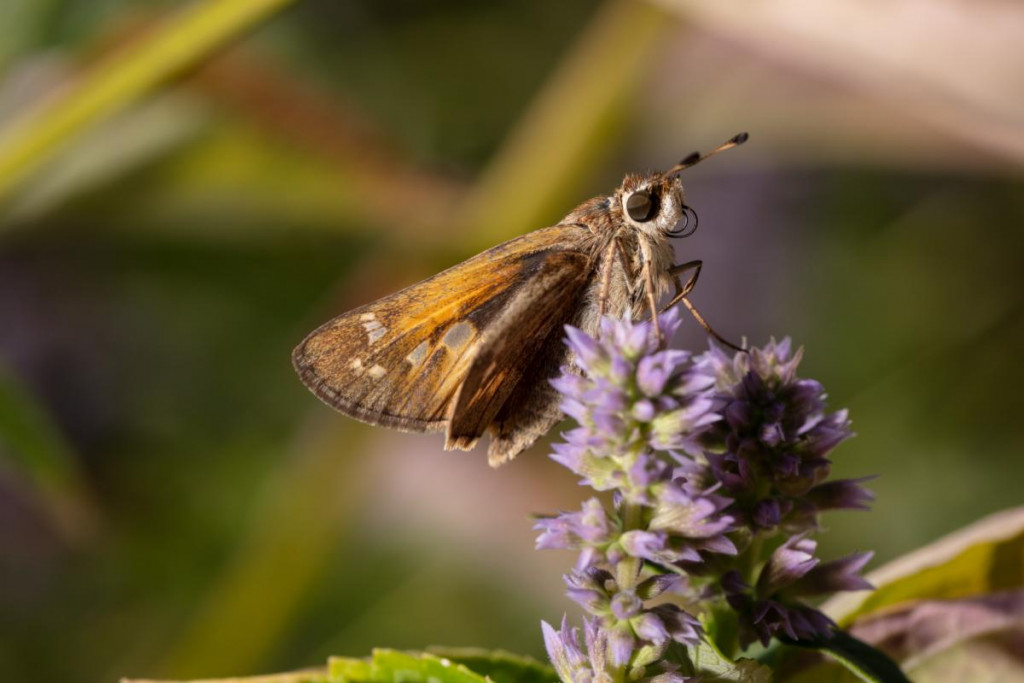
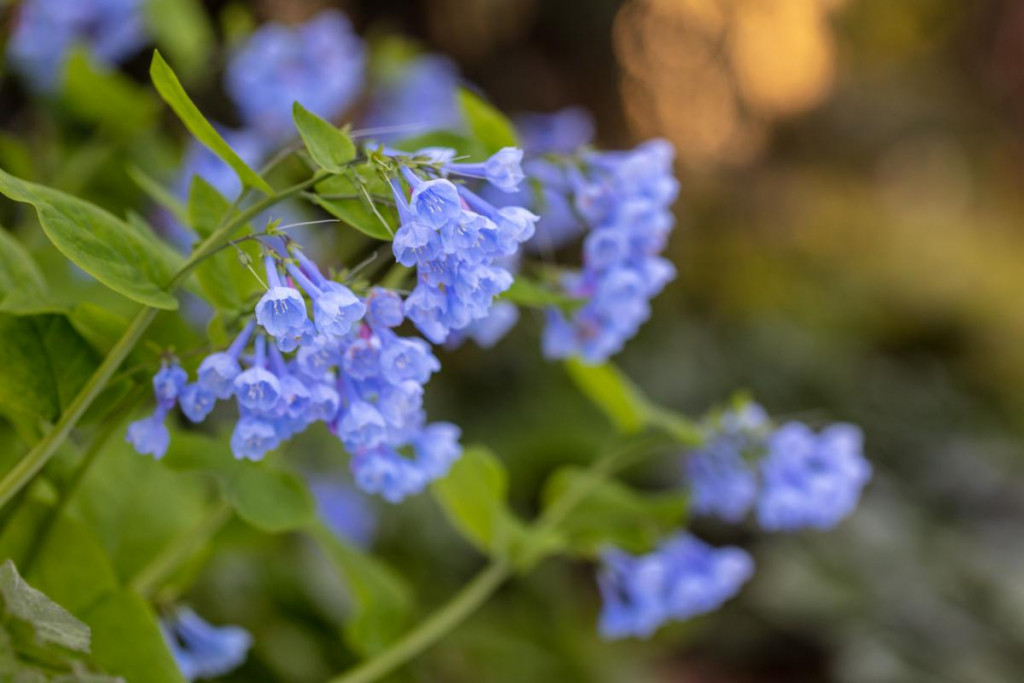
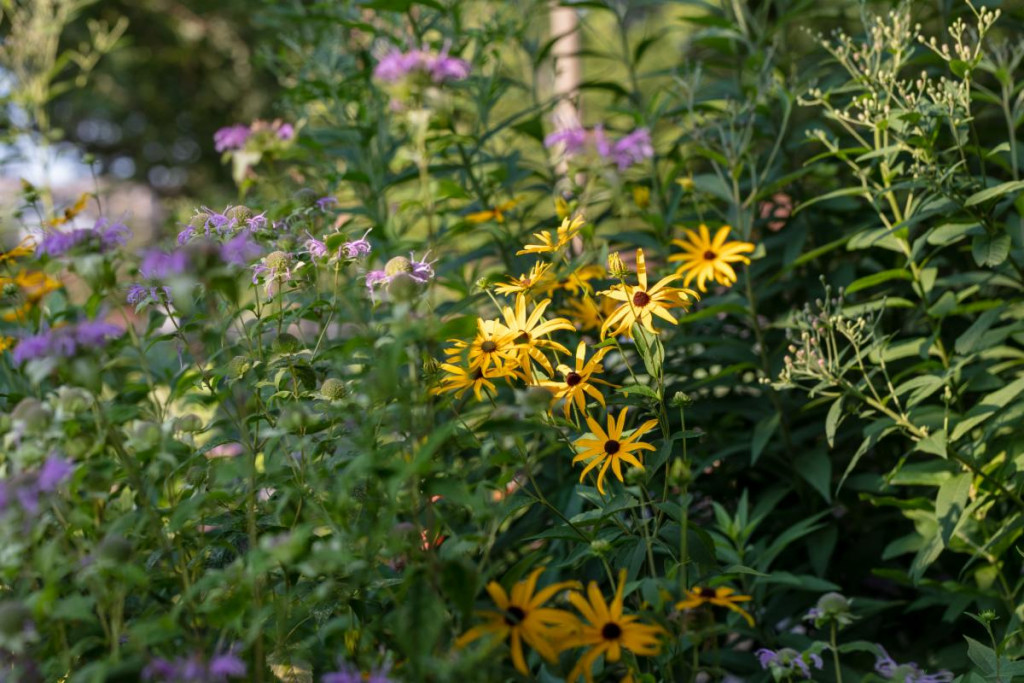
Incorporate a diversity of flower shapes, colors, and bloom times.
Reducing, and even delaying, your garden’s cleanup until the spring is vital to birds and pollinators that call your garden home. Many native bees spend the winter portion of their life cycle as an egg in suitable underground burrows or hibernate in the hollow stems of spent perennials. Delay your big garden cleanup until mid-March to early April (depending on where you live in the U.S.) to provide winter habitat. Leave the stalks of perennials standing until mid-winter so the seeds are available food for birds. In February or March, their stems can be trimmed back to 9-12 inches high but leave the cut stems on the ground or stack them in an out-of-the-way area of your garden. The remaining stems can be cut down to the ground in March or April and the previously cut stems composted.

Reduce nighttime artificial light. Some pollinators are active at night and artificial light from porch lights, flood lights, or patio string lights can distract or prevent them from performing their nighttime pollination routines by altering how they see flower colors or disrupting their circadian rhythms. For any lights you do use, try to use bulbs with warmer tones (no more than 3000 kelvins). Consider turning off outside lights when you head to bed or put them on timers. If you are concerned for safety around your home, try putting the lights on motion sensors so they only turn on when necessary.
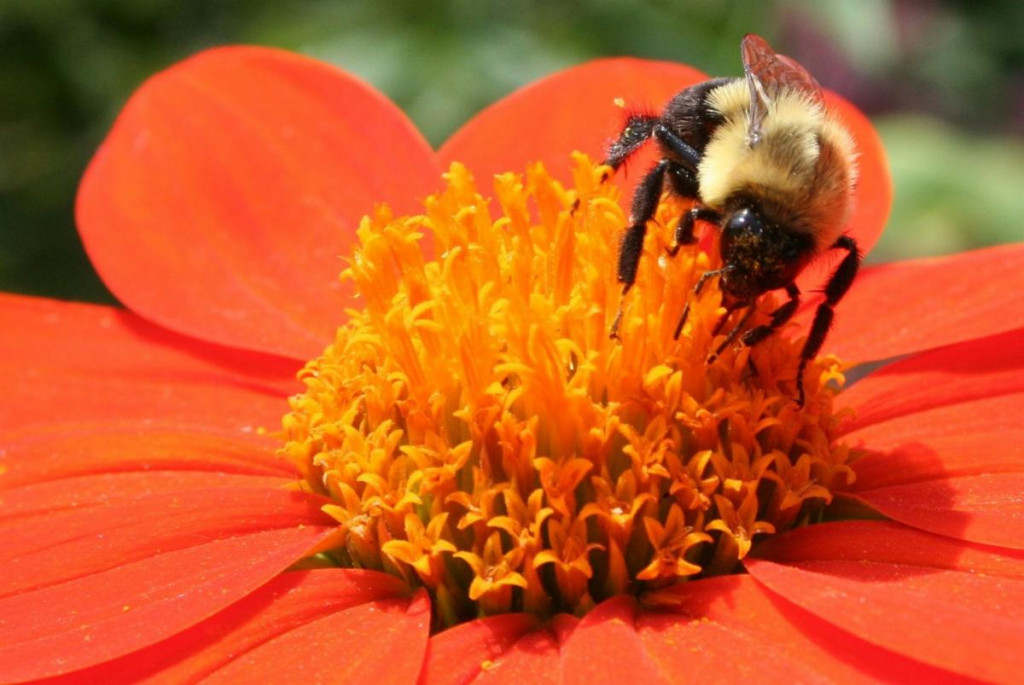
When you walk through a garden, look past the masses of color and look, really look, at the flowers. See which plants are visited by a variety of insects and which are ignored. This will help guide the decisions you make for your own garden. And you don’t need to plant a huge area or have an enormous backyard to support pollinators! Pollinators need what every insect creature requires—a way to survive the seasons as eggs, larvae, or adults—and this can be accomplished with a small garden patch or even a few perennials in some containers. Talk to friends or neighbors, consult with your county extension agent, go to your local garden center or public garden, and find out what other people are doing. Based on their successes, you can get a better picture of what to plant, and in the end, provide these immensely valuable creatures with the support they need.

